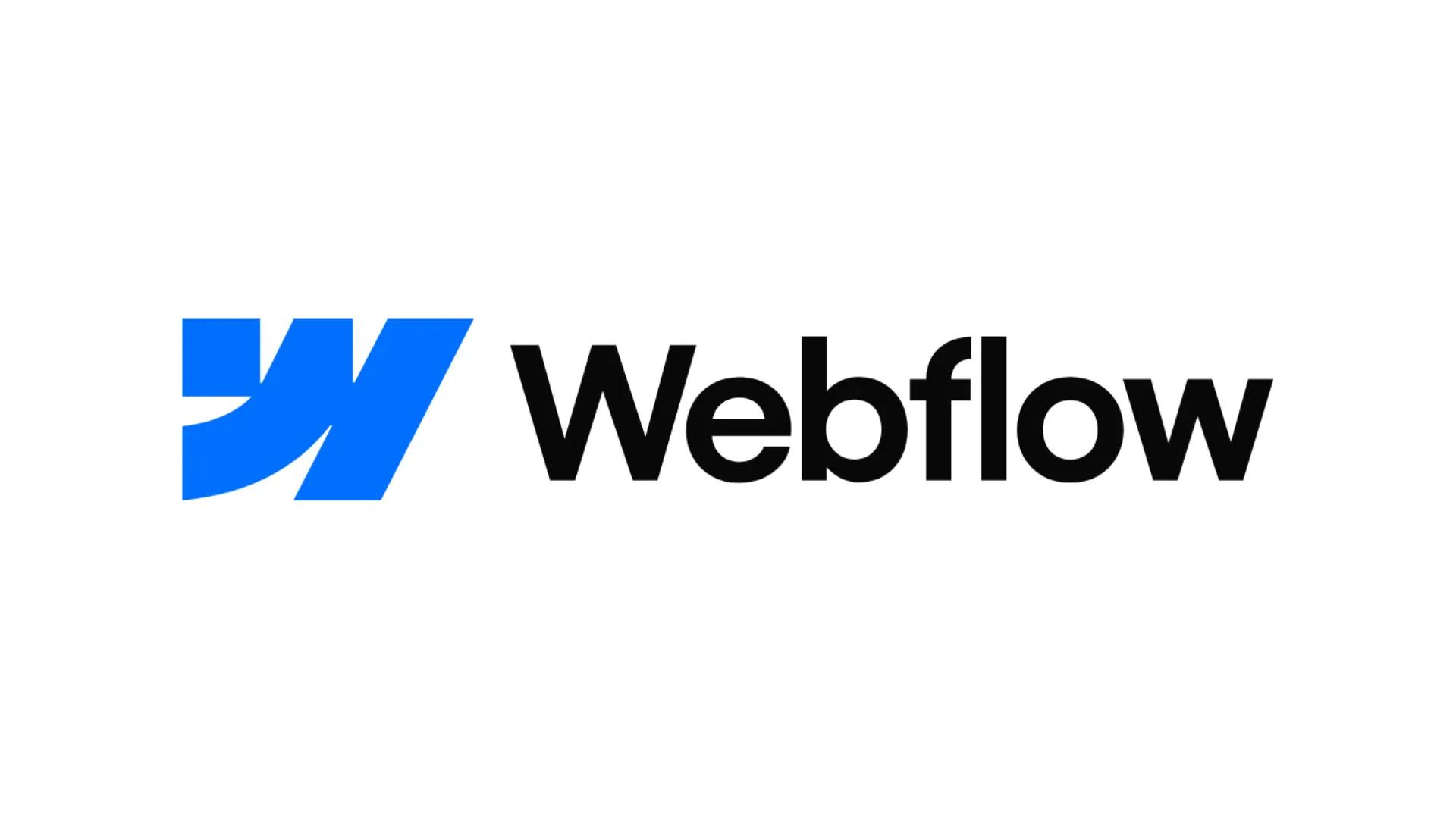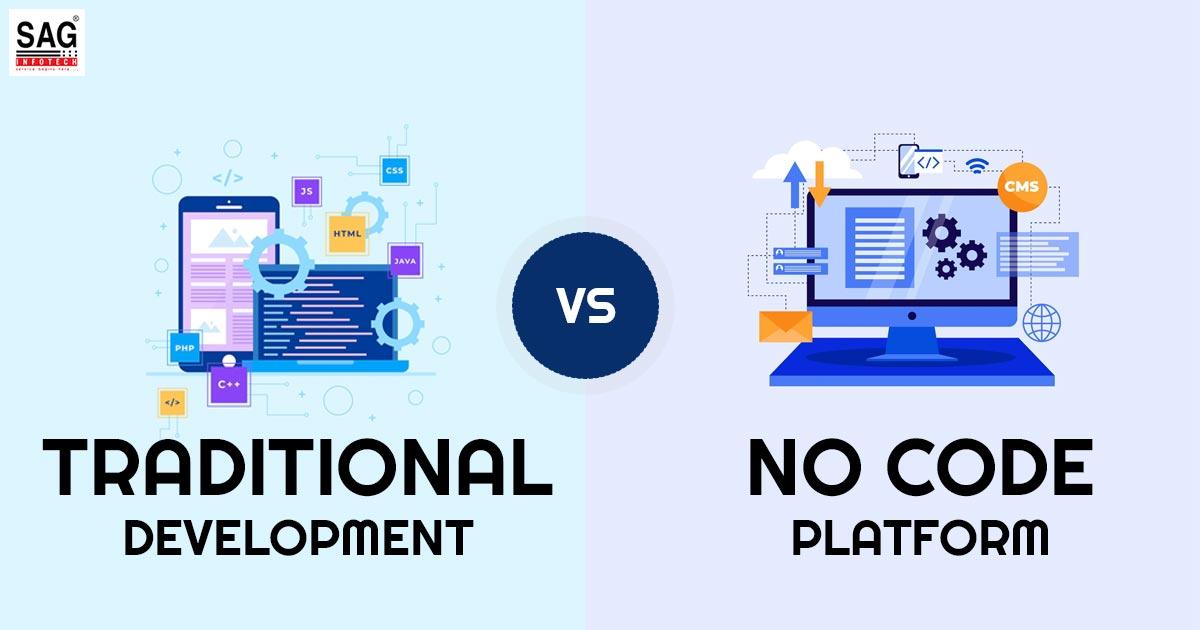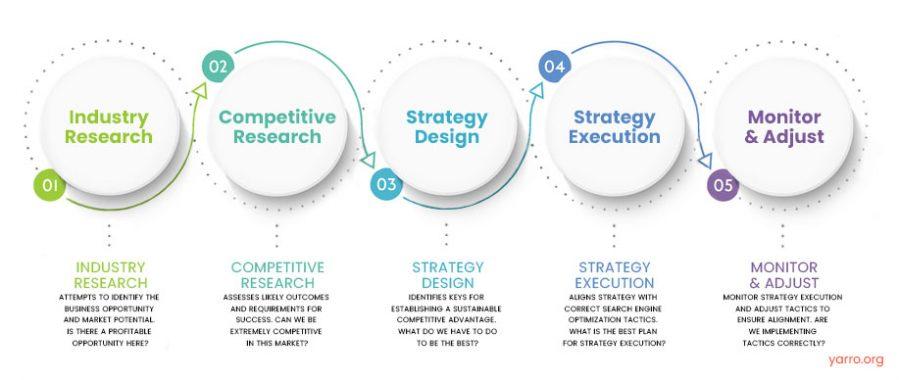Exploring Webflow in 2024: A New Era of No-Code Design
As we step into 2024, the digital landscape continues to evolve at a breakneck pace, shaping how we create, share, and experience content online. At the forefront of this transformation is Webflow, a powerful no-code platform that has empowered designers and developers alike to bring their visions to life without the constraints of traditional coding. In this article, we embark on a journey through the latest features, trends, and innovations that Webflow has to offer this year. From enhanced design capabilities to seamless integrations and the rise of collaborative workflows, we’ll uncover how Webflow is redefining web design in a world increasingly driven by creativity and accessibility. Join us as we explore what makes Webflow a vital tool for the modern creator in 2024 and beyond.
The Evolution of Webflow’s Features and Capabilities in 2024
As we step into 2024, Webflow has continued to elevate its platform, introducing an array of features designed for both novice creators and seasoned developers. Among the most transformational updates is the Enhanced CMS Integration, allowing users to customize content types with greater specificity and ease. This functionality not only streamlines workflows but also enables the creation of complex, dynamic sites that thrive on rich, engaging content. Additionally, the introduction of AI-Powered Design Tools empowers designers to leverage intelligent suggestions for layout and color schemes, ensuring that aesthetic choices are both visually appealing and strategically sound.
The platform has also made significant strides in Collaboration Features, allowing teams to work in real-time within projects seamlessly. Users can now enjoy integrated feedback loops, where comments and suggestions can be left directly on project drafts, promoting a more cohesive workflow. With the revamped eCommerce Capabilities, including multi-currency support and advanced inventory management, Webflow is positioning itself as a robust solution for businesses looking to enter the online marketplace. Such enhancements not only fortify user experience but also expand the potential of what can be achieved on the Webflow platform.
| Feature | Key Benefit |
|---|---|
| Enhanced CMS Integration | Greater content flexibility |
| AI-Powered Design Tools | Smart design suggestions |
| Collaboration Features | Real-time feedback |
| eCommerce Capabilities | Multi-currency and inventory management |

Harnessing the Power of No-Code: Tips for Beginners and Beyond
As the landscape of web design continues to evolve, no-code tools stand out as a beacon for individuals looking to create stunning websites without extensive coding knowledge. Webflow, in particular, has gained immense popularity due to its powerful features and user-friendly interface. For beginners, diving into Webflow might feel overwhelming, but with a few essential tips, you’ll find yourself comfortably navigating its potential. Start by exploring the tutorials provided on the Webflow University platform, which offers a plethora of video guidance. Experiment with the templates available; they can act as a great starting point, letting you see how different elements interact without starting from scratch. Lastly, leverage community forums and user groups to seek feedback and inspiration as you embark on your design journey.
For those already familiar with the basics, consider diving deeper into the advanced features that Webflow offers. Utilizing CMS collections can help you manage content dynamically, enabling websites that adapt to user input and interactivity without the need for constant back-end adjustments. Moreover, take advantage of the built-in SEO tools. Structuring your content with appropriate meta tags and headings not only improves visibility but also elevates user experience. Aiming for clean, responsive design is crucial, and with Webflow’s grid and flexbox capabilities, you can create aesthetically pleasing layouts that look great on any device. Remember, the beauty of no-code is not just simplicity but the power to innovate boldly without the boundaries of conventional coding practices.

Designing for Accessibility: Best Practices in Webflow
Designing for accessibility in Webflow is essential to create inclusive web experiences. Incorporating accessibility features ensures that all users, including those with disabilities, can navigate and interact with your website effectively. To enhance accessibility, consider implementing these best practices:
- Semantic HTML: Utilize proper HTML elements like headings, lists, and landmarks to provide structure and meaning.
- Color Contrast: Choose color combinations that provide sufficient contrast between text and background to aid visibility.
- Alternative Text: Include descriptive alt text for images to convey information to users who rely on screen readers.
- Keyboard Navigation: Ensure all interactive elements are accessible via keyboard input to support users who cannot use a mouse.
- Focus Indicators: Make sure focus states of interactive elements are clear, allowing users to track their navigation path.
In addition, utilizing Webflow’s built-in tools can aid in optimizing accessibility throughout your site. When building forms, for example, adhere to accessibility standards by using labels clearly associated with their respective input fields. Below is a simple table illustrating common accessibility elements and their corresponding Webflow features:
| Accessibility Element | Webflow Feature |
|---|---|
| ARIA Labels | Custom Attributes in the Designer |
| Tab Index | HTML Embed for custom tab orders |
| Skip Links | Custom Anchor links |
| Accessible Fonts | Font Selection in Typography Settings |

Integrating Advanced SEO Strategies for Enhanced Visibility in Webflow
To elevate your website’s visibility in search engines while using Webflow, consider adopting a multi-faceted approach to your SEO strategy. Here are some advanced tactics that can significantly enhance your site’s performance:
- Utilize Semantic HTML: Make sure your headings and content follow a logical structure. This improves both user experience and search engine comprehension.
- Optimize Page Load Speed: Fast-loading pages reduce bounce rates; compress images, leverage browser caching, and minify CSS/JS files.
- Employ Custom Meta Tags: Customize your title tags and meta descriptions for each page to increase click-through rates.
- Implement Strategic Internal Linking: Create a network of links within your site to enhance navigation and distribute page authority.
Furthermore, incorporating analytics tools can provide valuable insights into your site’s performance. Consider the following essential metrics:
| Metric | Importance |
|---|---|
| Organic Traffic | Measures how many visitors arrive from search engines. |
| Bounce Rate | Indicates the percentage of visitors who leave after viewing one page. |
| Conversion Rate | Shows the percentage of visitors completing desired actions. |
By focusing on these elements, Webflow users can effectively tap into advanced SEO strategies, helping their sites climb the rankings and attract a broader audience.
Key Takeaways
As we stand on the brink of 2024, the landscape of web design continues to evolve with astonishing speed, and Webflow emerges at the forefront of this revolution. Its seamless integration of design and functionality empowers creators to transform their visions into stunning realities without the usual constraints of coding. As explored throughout this article, the capabilities of Webflow stretch far beyond mere aesthetics, inviting innovators and businesses alike to share their stories through dynamic, responsive web experiences.
Navigating the complexities of modern web design can be daunting, but with Webflow’s intuitive platform and rich ecosystem of resources, the possibilities are limitless. Whether you’re a seasoned developer or a budding designer, 2024 promises to be a year where your ideas can blossom into beautifully crafted digital landscapes.
In closing, as you embark on your Webflow journey, remember that every pixel and every interaction is not just a technical choice but a step towards engaging your audience like never before. The future of web design is here, and it’s brimming with opportunities—are you ready to explore?